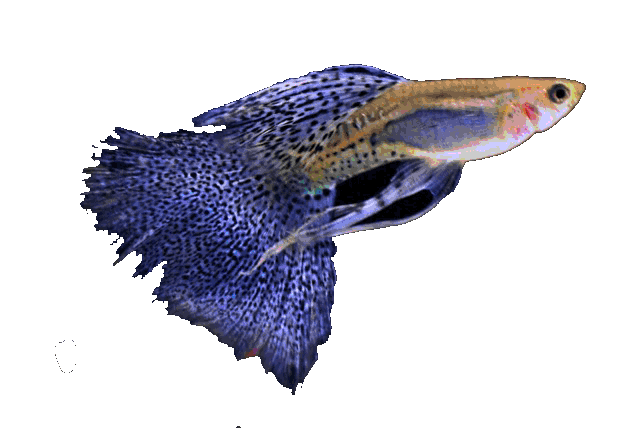



Micropoecilia picta swamp gupi
Basic data:
Scientific name: Micropoecilia picta (Regan, 1913)
Slovenian name: Močvirski gupi
Interpretation of words: ( Poecilia = colorfulness, diversity), (picta = small)
Group: Livebirds
Source: South America ; Guyana, Trinidad, Brazil.
Size: Males: 3 cm, females: 5 cm
Biotope / habitat: Inhabits slightly brackish water in canals and drainage ditches on the edge of wetlands
Social behavior: Peaceful, males can be aggressive towards females
Diet: Omnivore; preferably small live food, especially mosquito larvae and occasionally dry food.
Cultivation: Quite easy
Aquarium: Minimum 30 liters
Population: A piece per 30 liters of water
Decoration: Use of dark background and gentle lighting.
Temperature: 26-28 ° C
pH: 7.5-8.2
Hardness: 10 to 30 ° dGH
Lifespan: 3-5 years
Synonymous
Kingdom: Animalia / animals
Trunk: Chordata / string players
Class: Actinopterygii / arthropods
Order: Cyprinodontiformes / Toothpicks
Family: Poeciliidae / live-bearing toothed carp
Genus: Micropoecilia
Species: Microoecilia picta
(Rain, 1913)
-
Poecilia picta / Reagan, 1913
Cultivation
The water should have a temperature somewhere between 25 and 27 ° C, hard alkaline water (20-30 Gh) with pH above 7.5
Settle it in an aquarium with a volume of at least 50 liters, preferably for them only. Addition of salt 3-5g / l of water, plants that need low light, dark base of sand or fine sand , gentle lighting and quality filtration.
Algae more than recommended. The fish spend most of their time close to the water surface, it is a school of fish and so we populate at least 8 fish together.
Food
Swamp guppies are omnivorous, feeding on mosquito larvae, crabs, water fleas, soft algae, snapper larvae, ..
In the aquarium, we provide him with as much variety as possible and the prepared food in the form of scales should be only a daily supplement.
Reproduction
The fish will reproduce under favorable conditions and good overgrowth by themselves.
We use a special aquarium for planned reproduction. A container of 20-40 l of water is enough, where we put the mother fish.
We use one male for 3 - 5 females. The male fertilizes the female with the help of a gonopod (dorsal fin transformed into a sexual organ). Fertilized females get a dark spot (pregnant spot) on the abdomen. Vegetables 11-25 pups.
The time depends on the water temperature, the number of pups by age / size solitary confinement. When the female gives birth, isolate her from the males for a few days recover. When a female’s belly gets pretty round it’s time to put it on safely, in a special aquarium or hatchery, taking care that during this period we do not expose the fish to stress.
Newly hatched fry are a delicacy for adult fish, so we provide many hiding places where they will retreat moss and floating plants).
Puppies are raised in a special aquarium and fed at least 3 * a day varied diet (nauplii artemije, samooki, cereals, ...)
After a month, the sex of the pups can already be separated.
Trivia
Eggs (eggs) are fertilized internally and develop in the female to the end. Med there is no nutrient transfer to the mother and fetus (yolk provides food).
Intrauterine (intrauterine) respiration, excretion and osmoregulation are also provided.
( Applies to lecithotrophic live births )
Links
Habitats species



